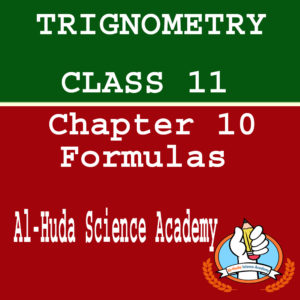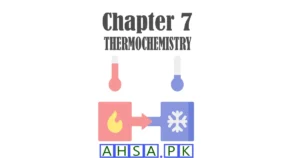The most important Chemistry chapter 9 short questions for Class 11. 1st Year Chapter 9 of Chemistry is related to solutions. These questions are for the Punjab Text Book Board that can be used within all of Punjab where this syllabus is taught.
Students are advised to must prepare these questions in order to perform the best in the board examination.
Chemistry Chapter 9 Short Questions for Class 11
- Define molarity and molality.
- What is molarity? Calculate the molarity of a solution containing 9g of glucose in 250 cm3 of solution.
- How molality of is independent of temperature but molarity depends on temperature?
- One molal solution of glucose is dilute as compared to one molar solution of glucose. Justify it.
- One molal solution of urea is dilute as compared to one molar solution of urea. Justify it.
- Define the Ebullioscopic constant with an example.
- Relative lowering of vapor pressure is independent of temperature. Justify it.
- Justify that boiling of solvents increases due to the presence of non-volatile solutes.
- Depression of the freezing point is a colligative property. Justify it.
- Why NaCl and KNO3 are used to lower the melting points of ice?
- Why Beckman’s thermometer is used to find the depression in the freezing point?
- Differentiate between ideal and non-ideal solutions.
- Why is the vapour pressure of a solution being lesser than the vapor pressure of a pure solvent?
- Calculate the percentage by weight of NaCl if 2g of it is dissolved in 20g of water.
- What is meant by the water of crystallization? Give an example.
- Define Zeotropic mixtures. Give one example.
- What are zeotropic and azeotropic mixtures?
- Define consulate temperature. Give two examples. Define hydrolysis with an example.
- Differentiate between hydration and hydrolysis.
- What are the names of four major parts of the apparatus used in Landsberger’s method for the elevation of boiling point?
- Why does the solubility of glucose in water increase by increasing temperature?
- Give two statements of Raoult’s law.
- What is fractional crystallization?
- The aqueous solution of CuSO4 is acidic in nature. Justify it.
- An aqueous solution of CH3COONa is basic in nature. Justify it.
Find the answers from the Chemistry book of Class 11 Chapter 9
Important Short Questions of Chemistry 1st Year





Plzz post a video about all chapters of chemistry important short and long questions for 2025 board exams of 1st year
Please use this link below for all chapters.
Chemistry Class 11 All Chapter Important Questions/
Very workful
Allah bless you with success…